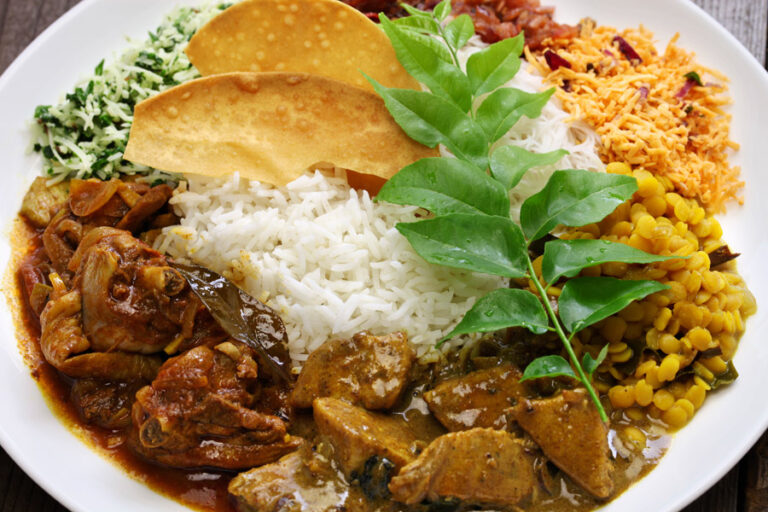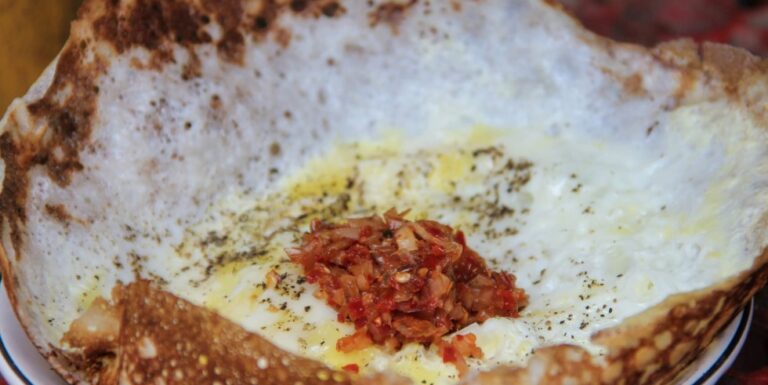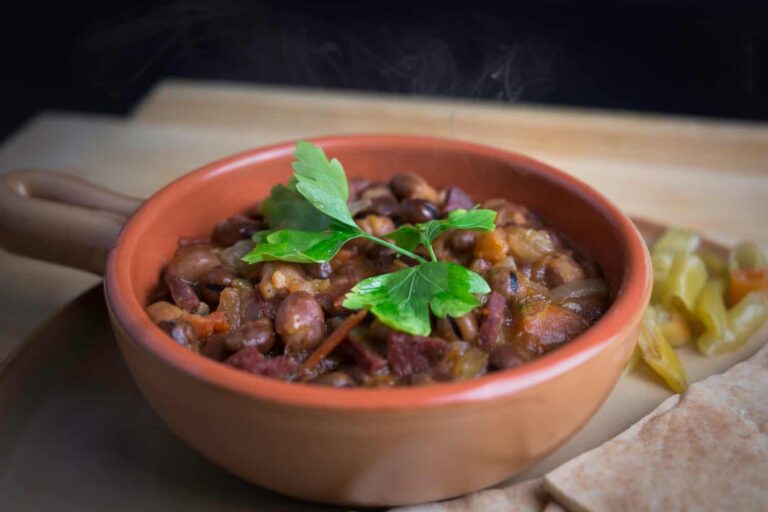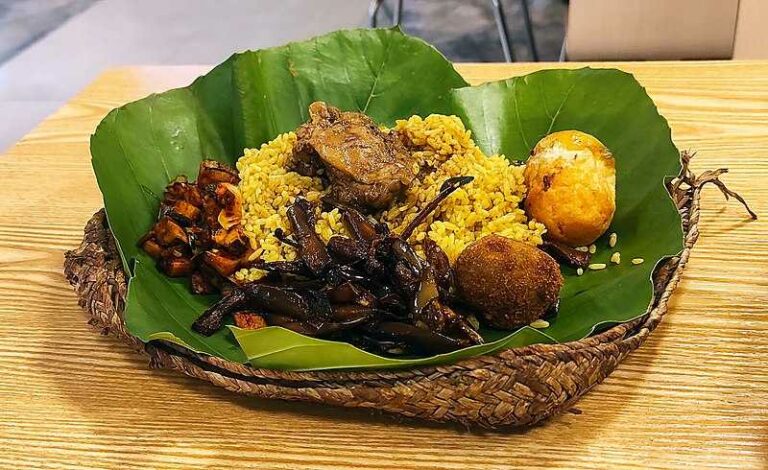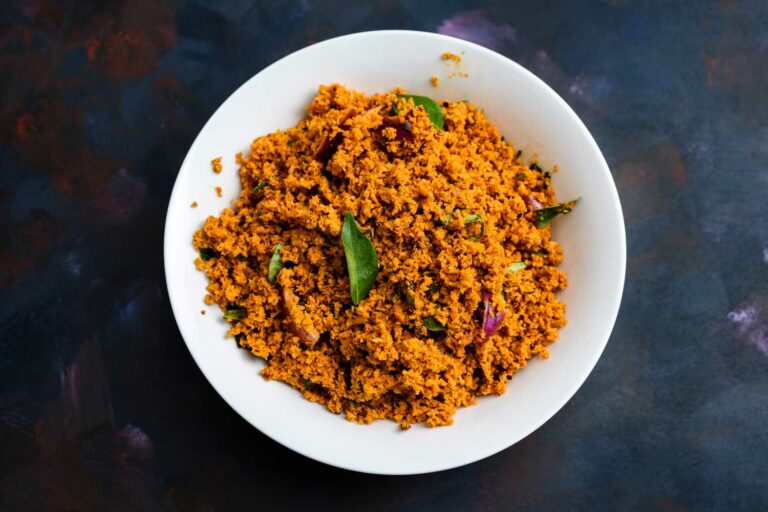Introduction: Exploring Sri Lankan Cuisine
Sri Lankan cuisine is a rich and diverse culinary tradition that reflects the island’s history and geography. The country’s strategic location on the spice route has made it a hub of culinary exchange, blending indigenous ingredients with influences from India, Portugal, the Netherlands, and the United Kingdom. The result is a vibrant cuisine that is both unique and familiar, with a rich and complex flavor profile.
Rice and Curry: The Staple Dish
Rice and curry is the staple dish of Sri Lankan cuisine, and it is the foundation of almost every meal. The dish typically consists of steamed rice served with a variety of curries, including a meat or fish curry, a vegetable curry, and a lentil curry. Each curry is made with a blend of spices and herbs, including turmeric, cinnamon, cardamom, coriander, fennel, and cumin. The curries are usually spiced to taste, with a range of heat levels from mild to fiery. Rice and curry is a simple yet satisfying meal that is enjoyed by people of all ages and backgrounds in Sri Lanka.
Kotthu Roti: A Popular Street Food
Kotthu Roti is a popular street food in Sri Lanka that is both delicious and fun to watch being made. The dish consists of shredded roti bread stir-fried with vegetables, eggs, meat, and a blend of spices. The ingredients are chopped and mixed together on a hot griddle, a process that creates a rhythmic clanging sound that is characteristic of Kotthu Roti vendors. The dish is often served with a side of spicy chutney or curry sauce and is a great option for a quick and satisfying meal on the go.
Hoppers: A Breakfast Favorite
Hoppers, or appam, are a popular breakfast dish in Sri Lanka that is similar to a crepe or pancake. The dish is made from a batter of fermented rice flour and coconut milk that is cooked in a special hopper pan, which gives the dish its distinctive shape. Hoppers are typically served with a range of accompaniments, including coconut sambal, curry, or an egg cracked into the center of the hopper. Hoppers are a light and fluffy dish that is perfect for starting the day.
Fish Ambul Thiyal: A Signature Dish
Fish Ambul Thiyal is a signature dish of Sri Lankan cuisine that is made with fish, spices, and tamarind. The fish is marinated in a blend of spices, including turmeric, cinnamon, and black pepper, before being cooked in a tangy tamarind sauce. The dish has a sour and spicy flavor that is unique to Sri Lanka and is often served as part of a rice and curry meal.
Watalappan: A Sweet Treat to End Your Meal
Watalappan is a sweet and creamy dessert that is often served at the end of a meal in Sri Lanka. The dish is made from coconut milk, jaggery, eggs, and spices, including cardamom and nutmeg. The ingredients are mixed together and steamed in small bowls, which gives the dish its custard-like texture. Watalappan is a rich and indulgent dessert that is perfect for satisfying a sweet tooth after a spicy meal.

